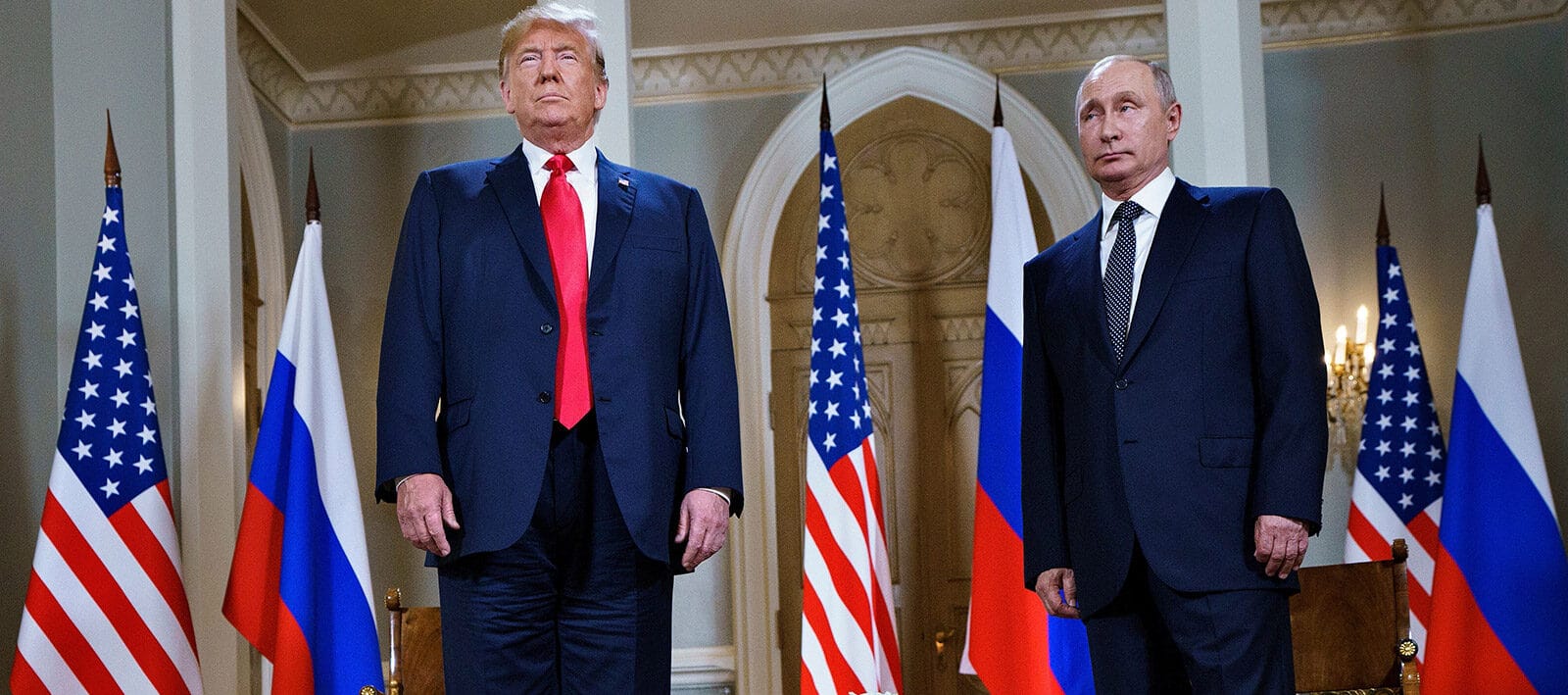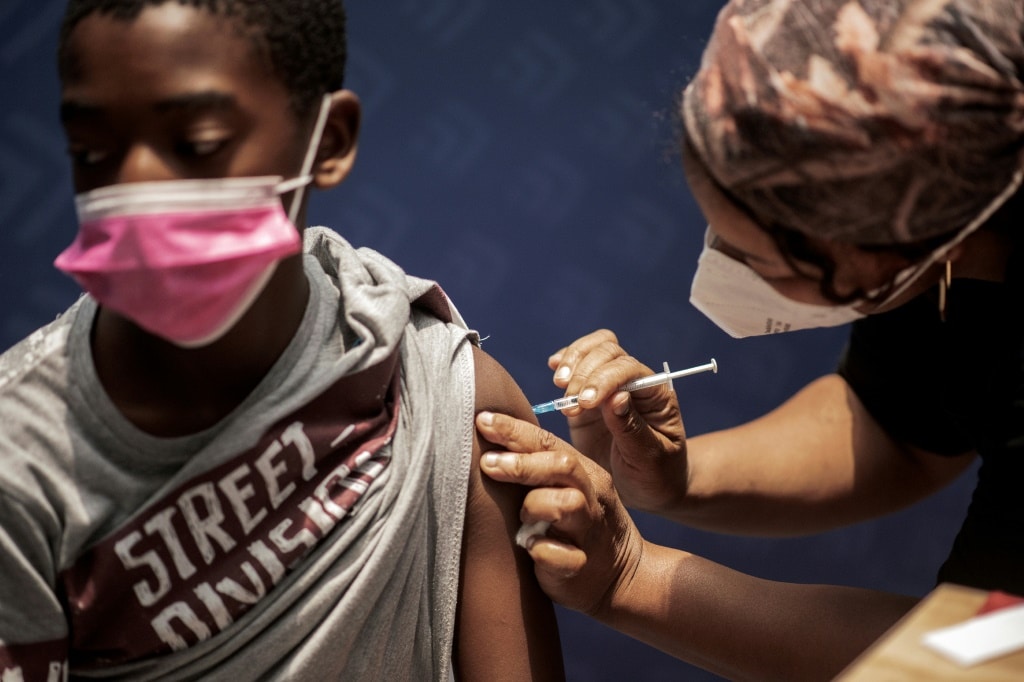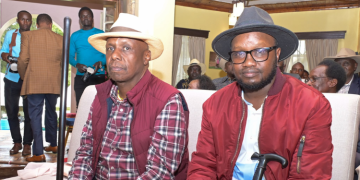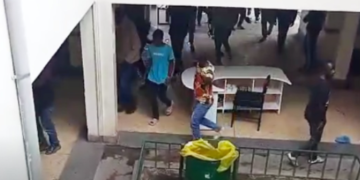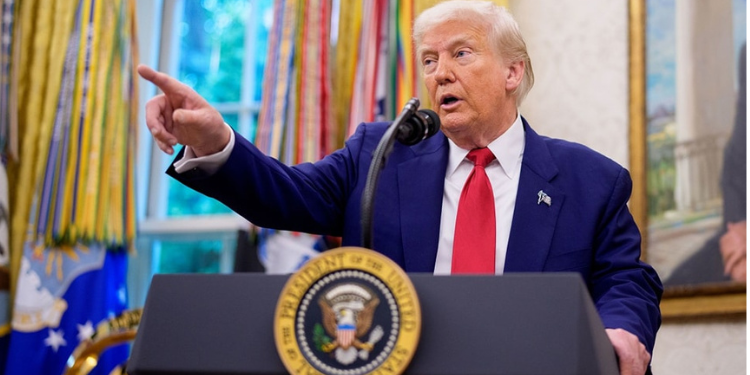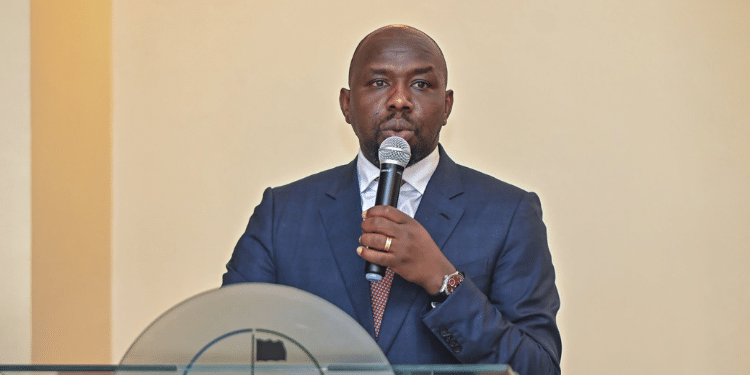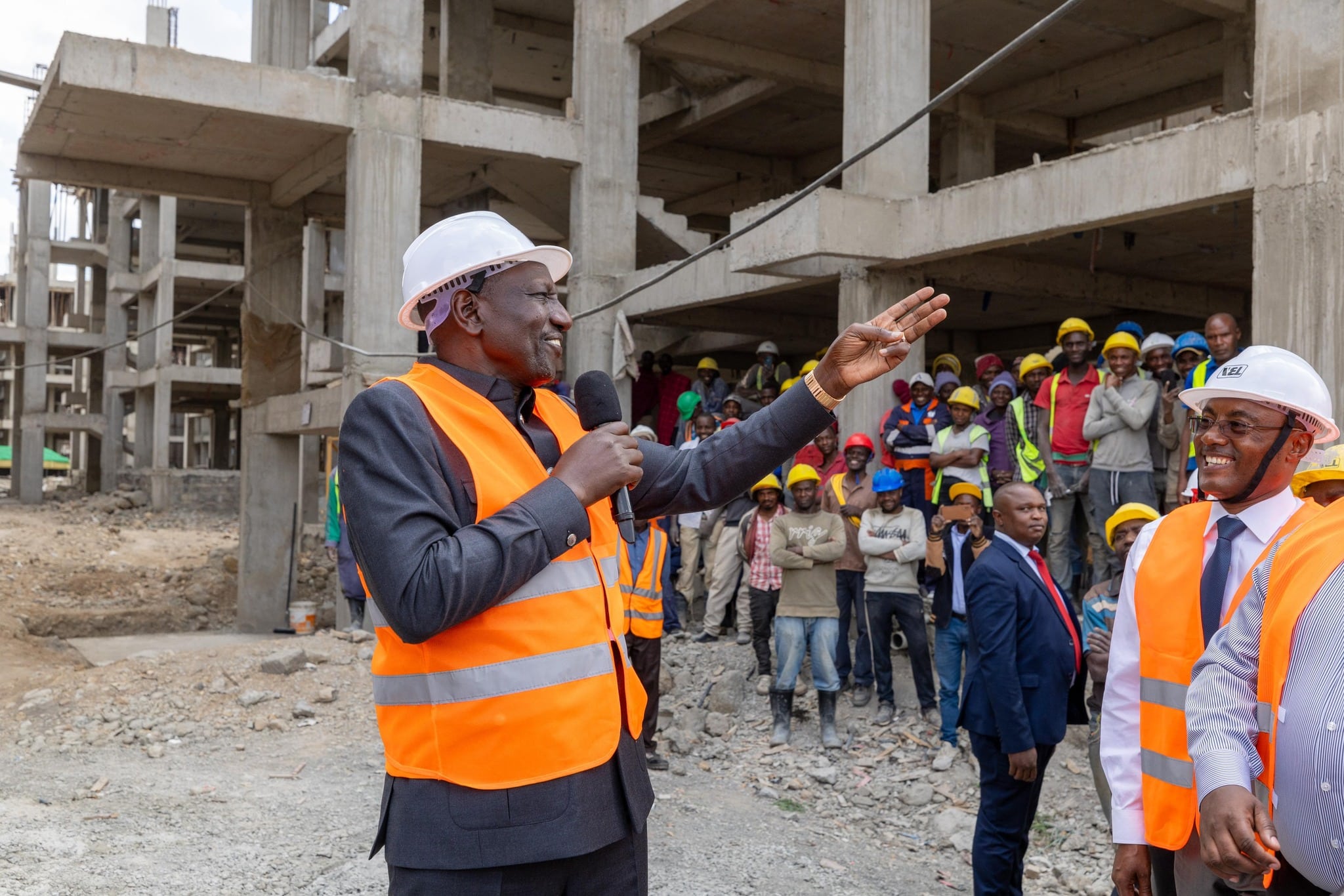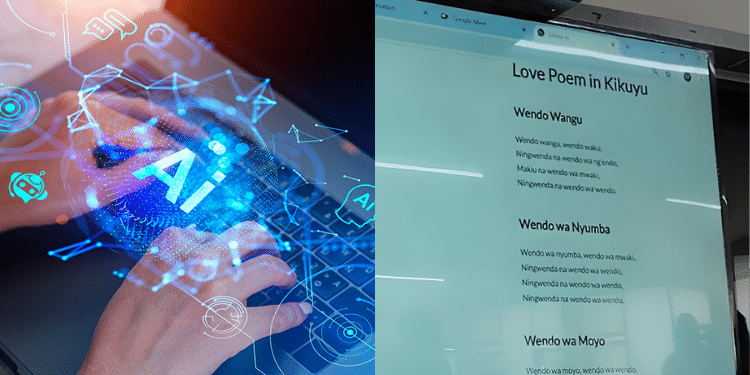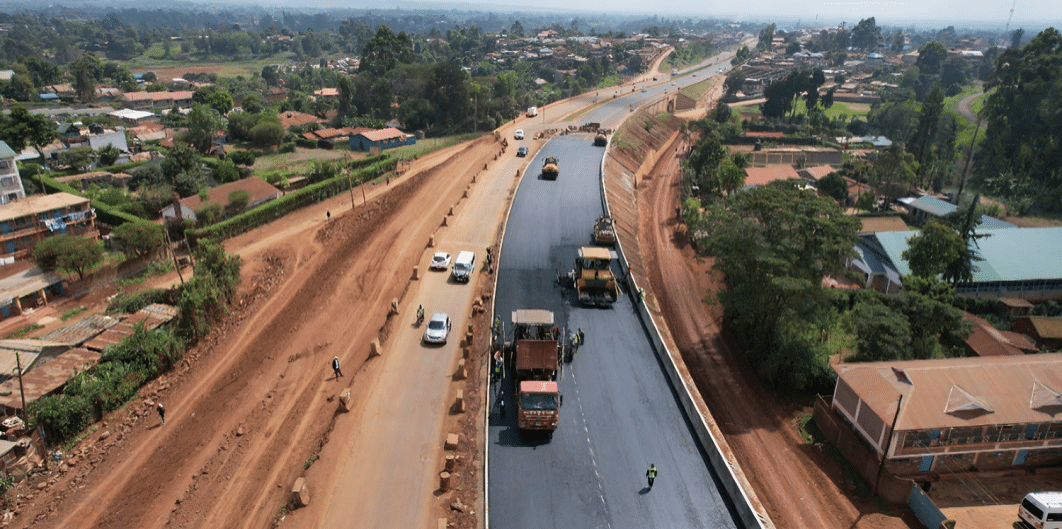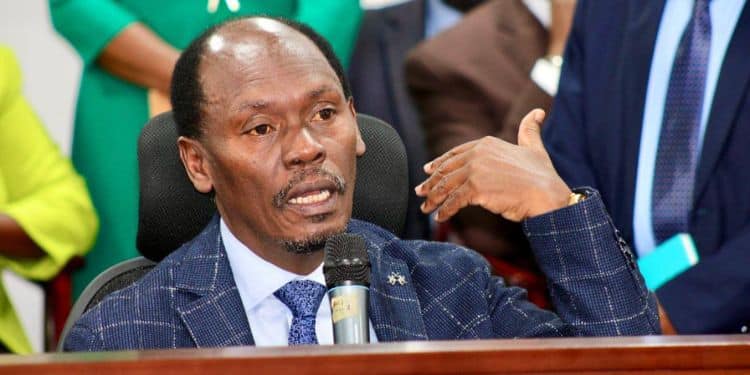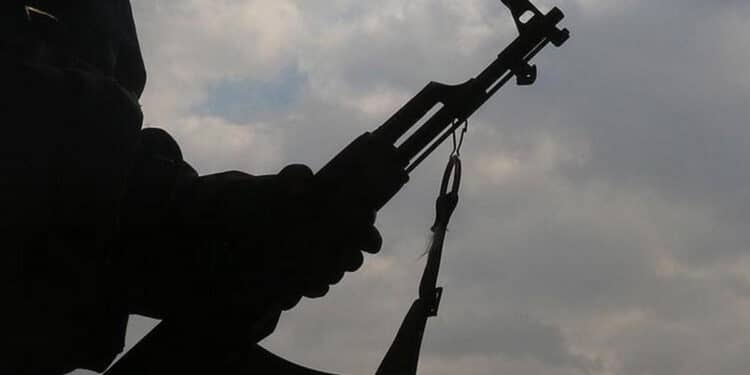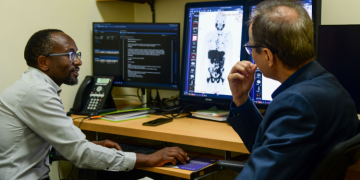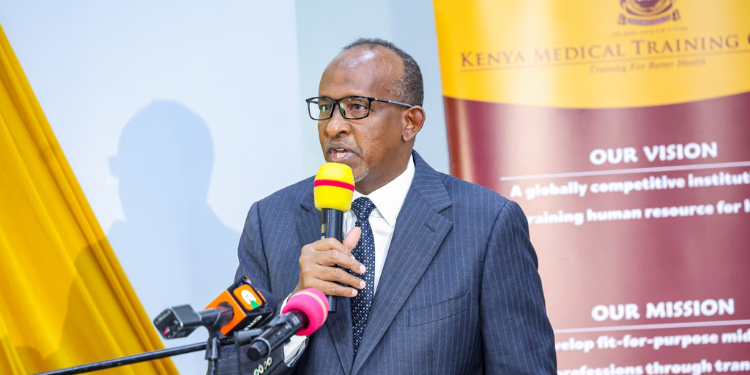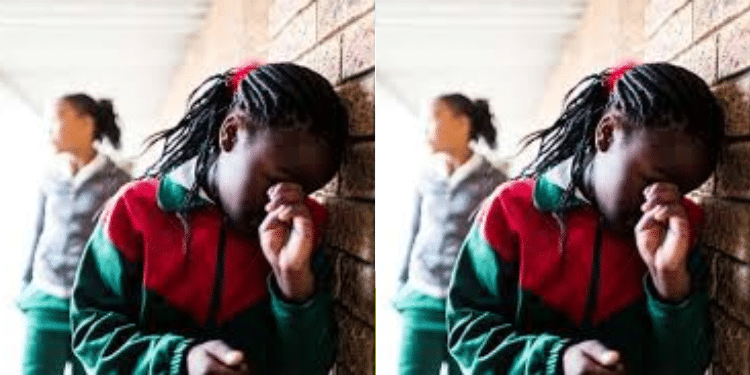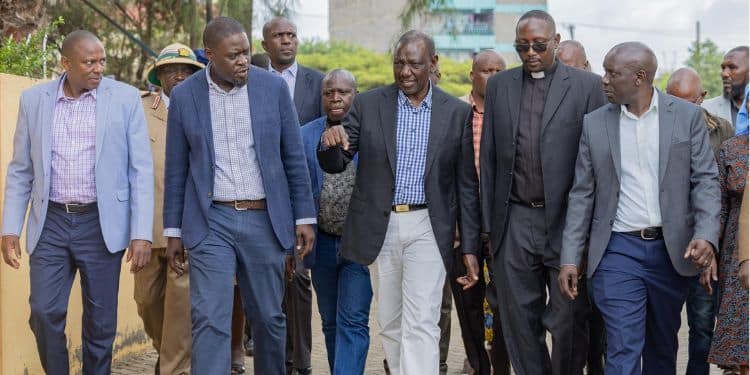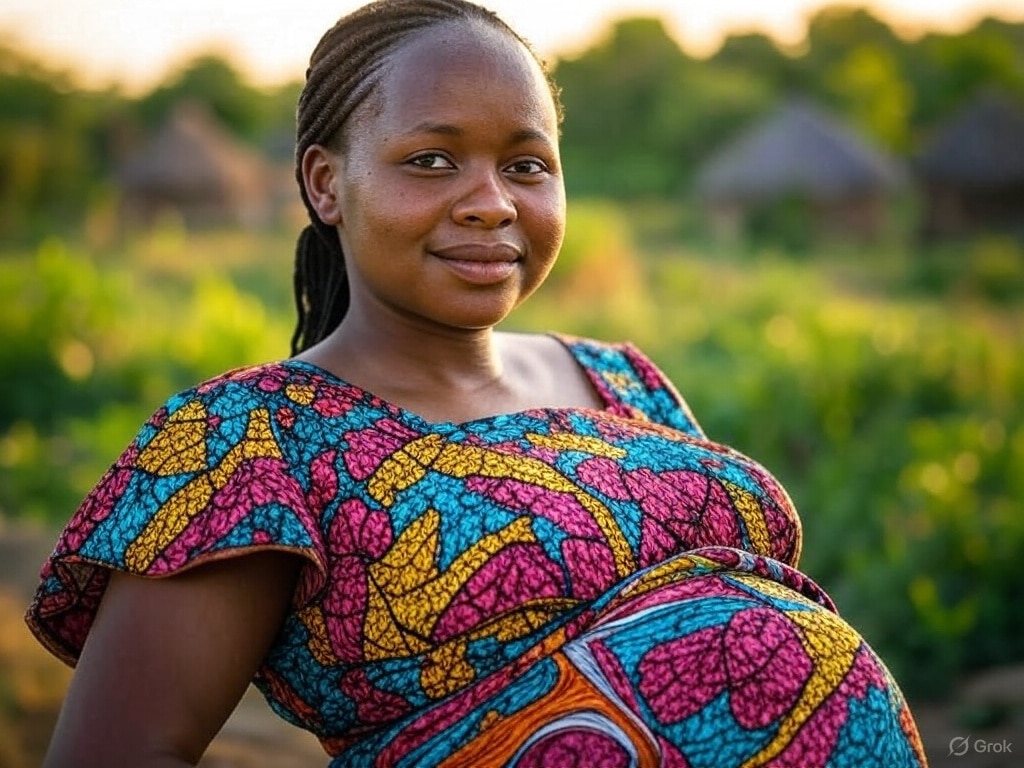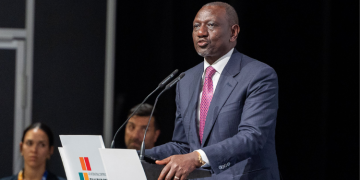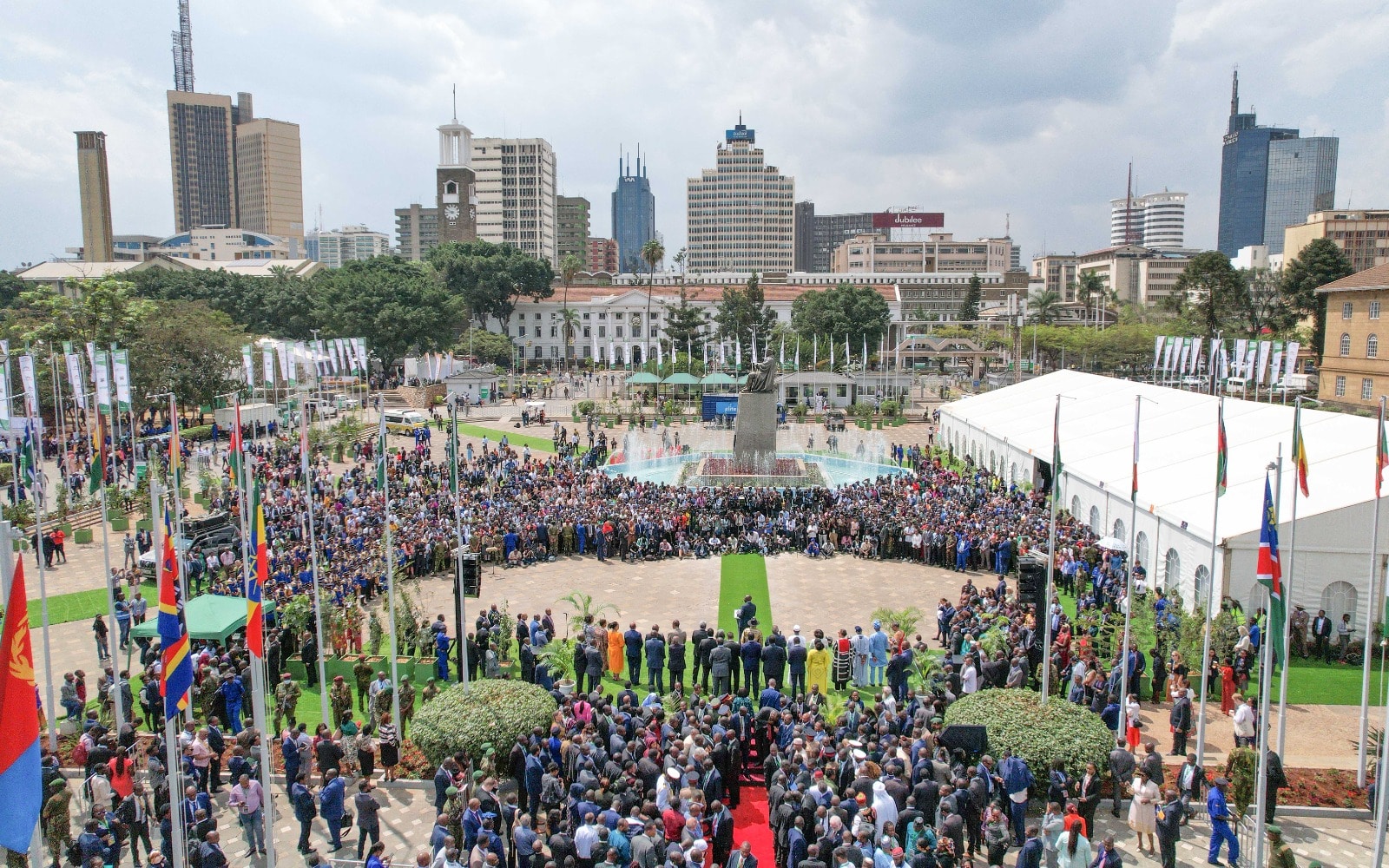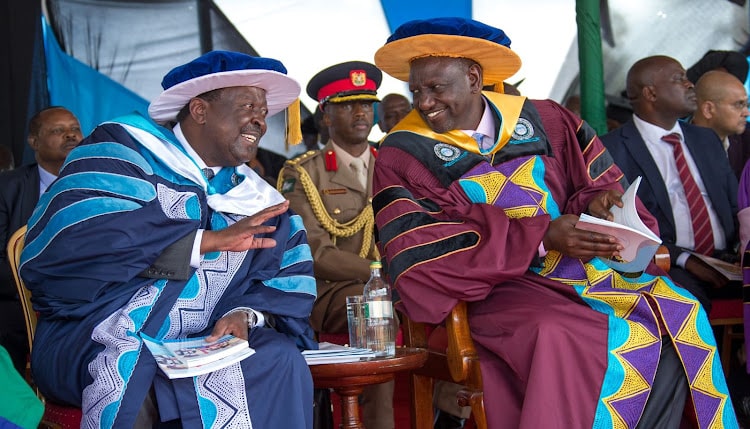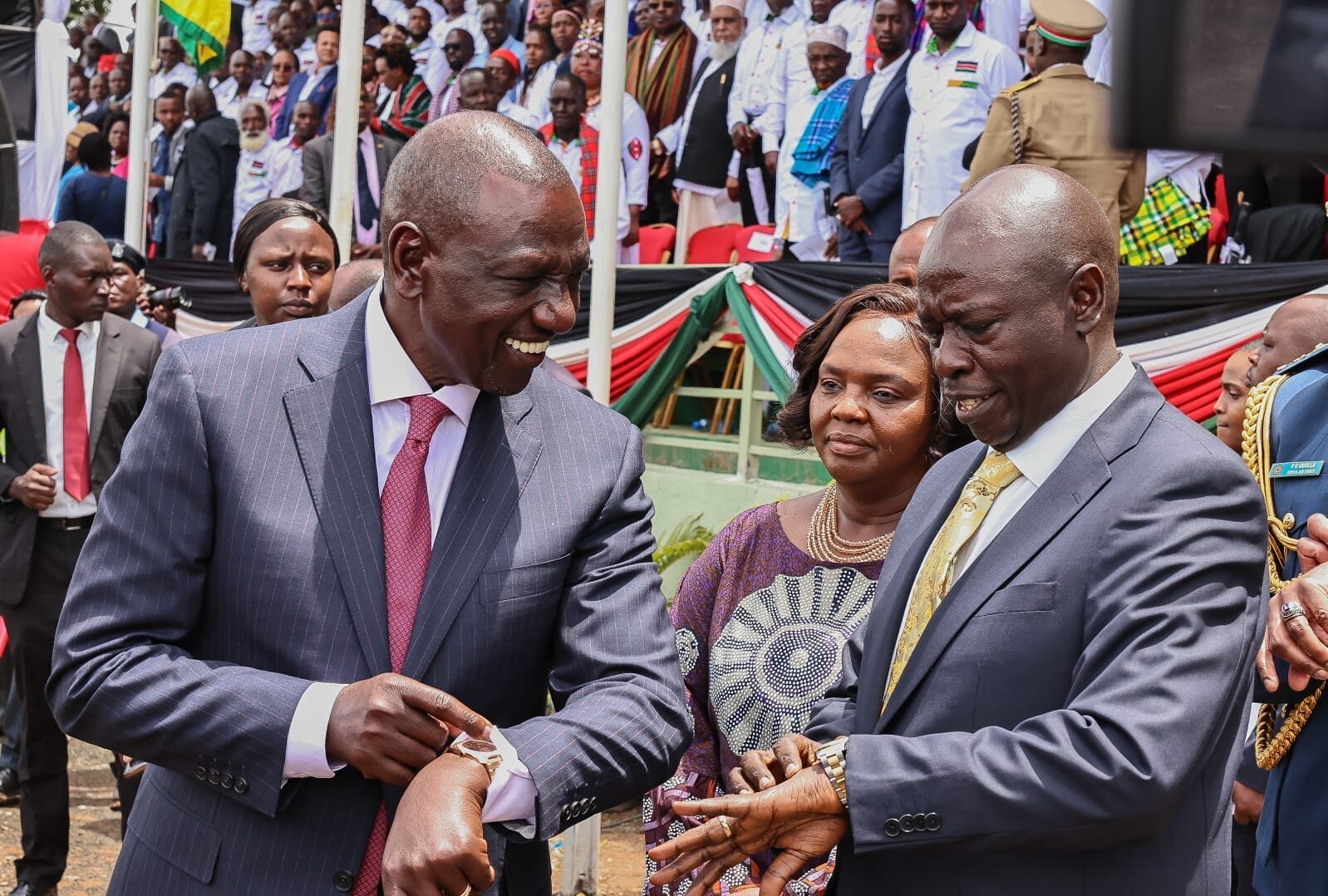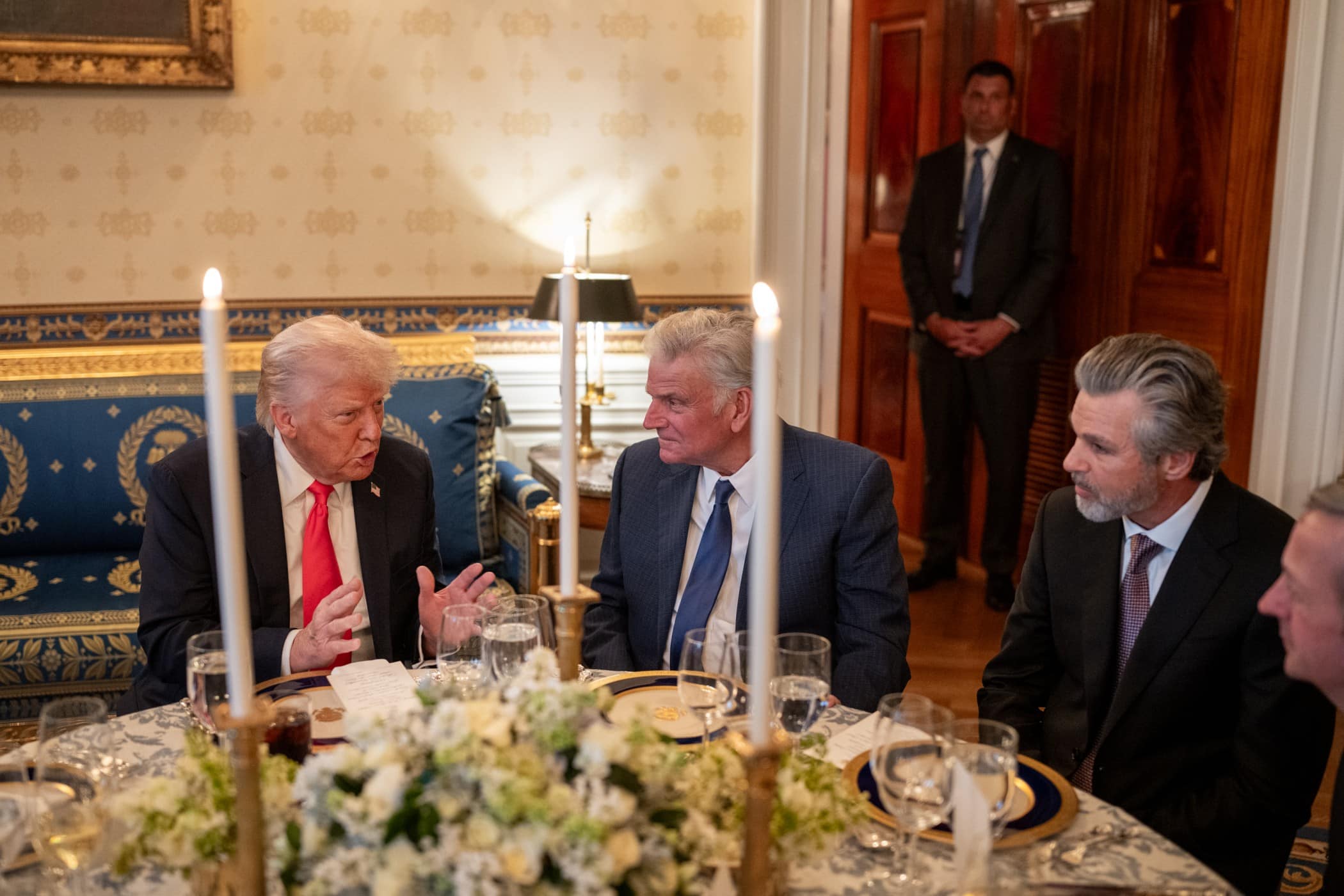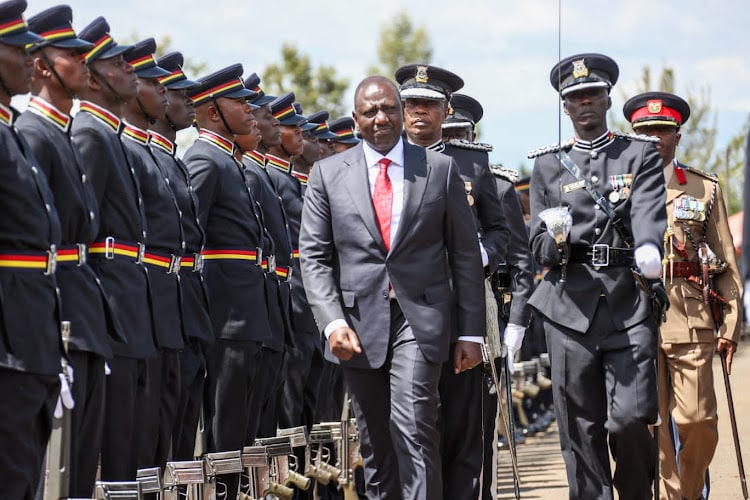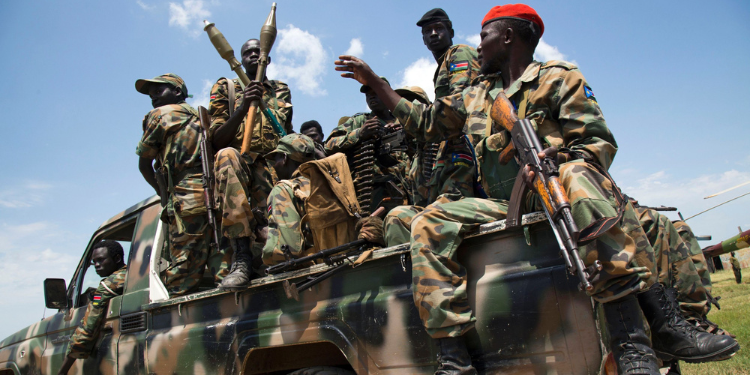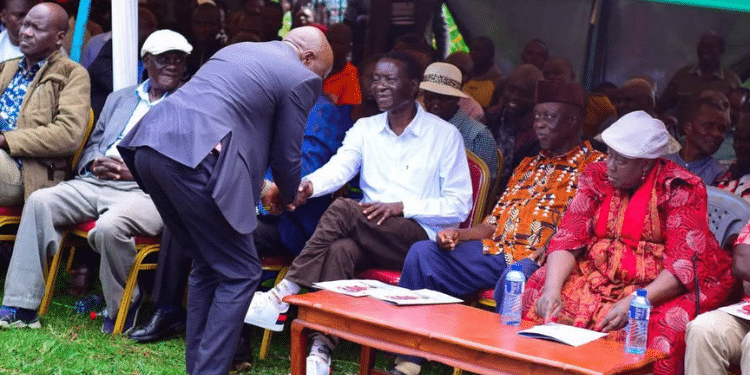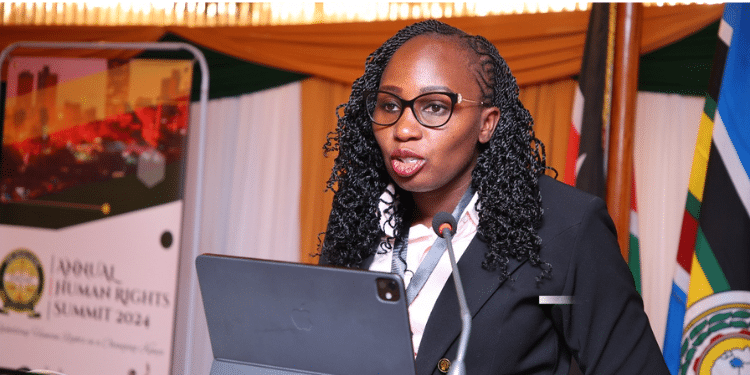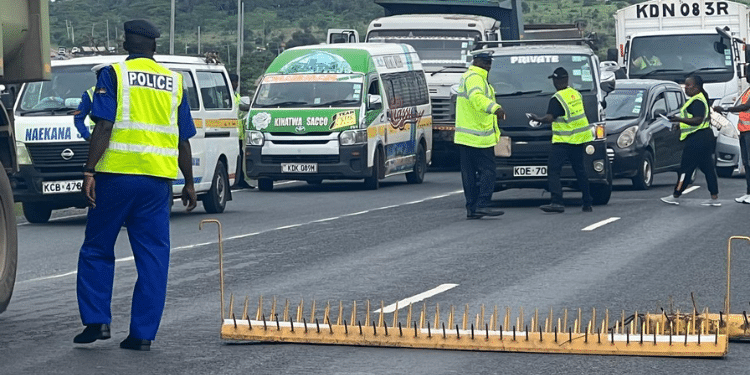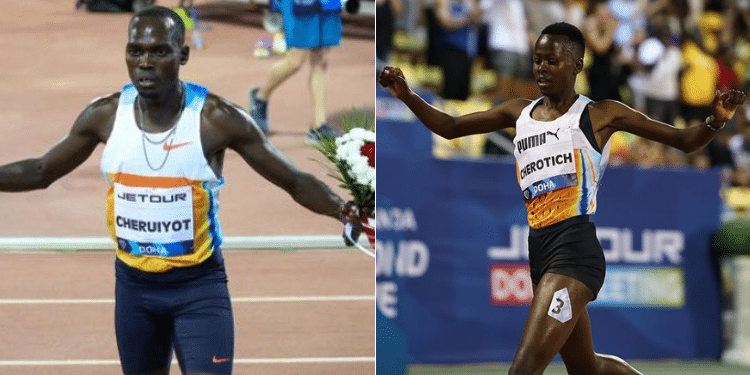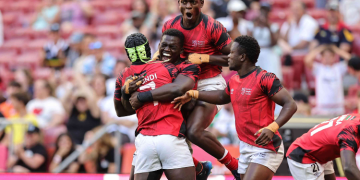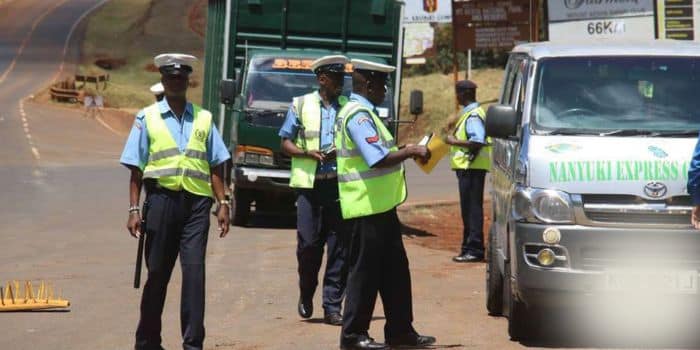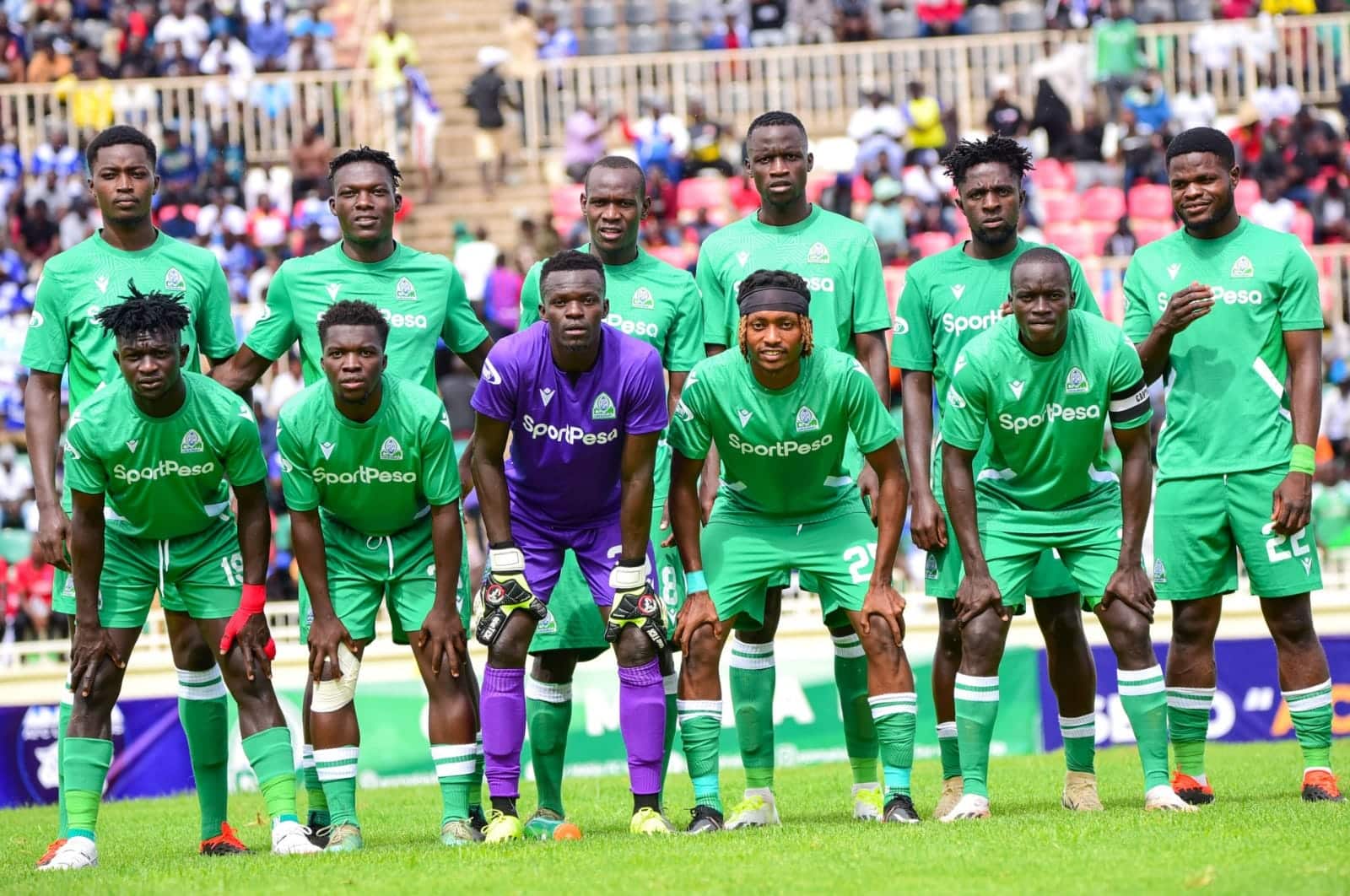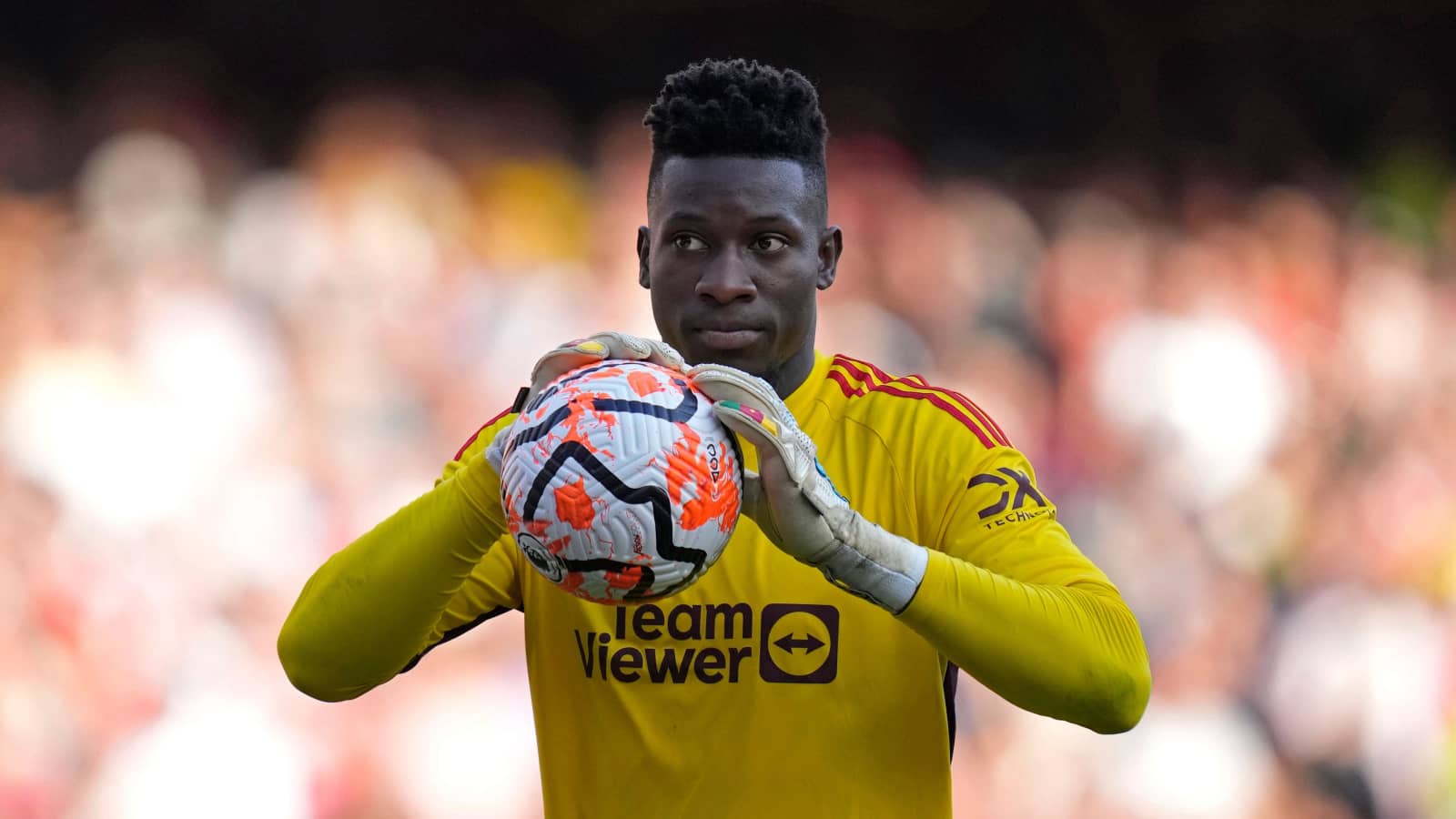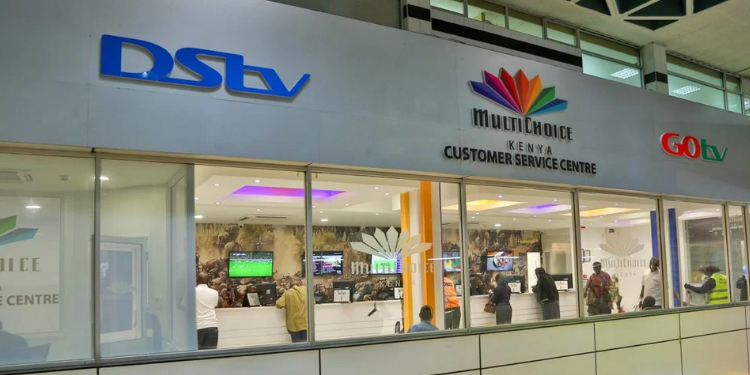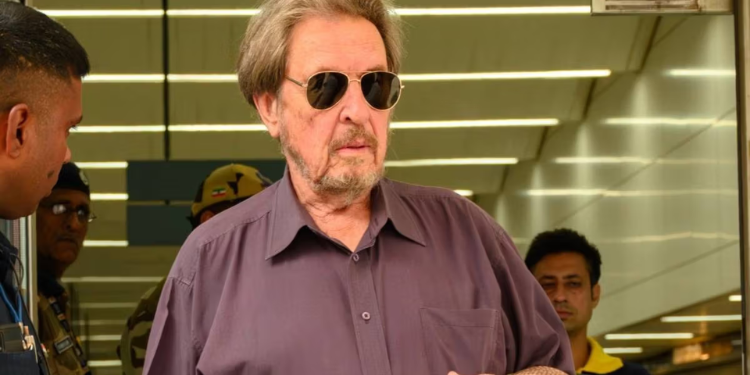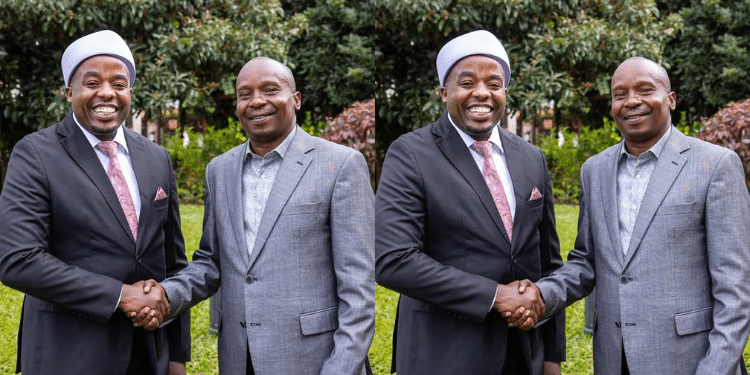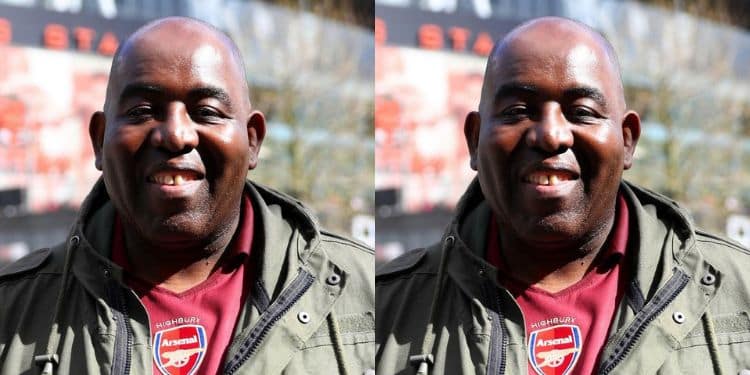In a historic move that has reshaped Kenya’s political landscape, President William Ruto and opposition leader Raila Odinga signed a Memorandum of Understanding (MoU) on March 7, 2025, at the Kenyatta International Convention Centre (KICC) in Nairobi. This agreement, aimed at fostering national unity and addressing socio-economic challenges, has drawn comparisons to the famous March 9, 2018, handshake between Odinga and former President Uhuru Kenyatta. However, while the 2018 handshake sought to ease post-election tensions, the 2025 MoU appears to be a strategic governance pact.
With March now witnessing two significant political reconciliations, some Kenyans are wondering: Is March the month of handshakes in Kenya?
The MoU: A New Dawn or Political Realignment?
The 2025 MoU lays the foundation for collaboration between Ruto’s United Democratic Alliance (UDA) and Odinga’s Orange Democratic Movement (ODM). Its primary objectives include:
Implementation of the National Dialogue Committee (NADCO) report, which addresses governance reforms, electoral transparency, and economic recovery.
Youth empowerment initiatives focused on employment creation, especially in technology, the blue economy, and industrialization.
Also Read: Raila Outlines His Vision for Kenya After MoU with Ruto [FULL SPEECH]
Strengthening inclusivity and devolution to enhance service delivery at the grassroots level.
During the signing ceremony, President Ruto emphasized the need for national unity, stating:
“This agreement is not about political positions but about uniting our efforts to tackle the challenges facing our nation. Together, we can build a Kenya that works for all.”
Raila Odinga echoed this sentiment, asserting:
“Our collaboration signifies a commitment to the people of Kenya. It’s time to put aside our differences and work towards the common good.”
This strategic alliance has been viewed by many as a calculated move to stabilize governance while ensuring key reforms are implemented ahead of the 2027 general elections.
Echoes of the 2018 Handshake
The new MoU draws parallels with the 2018 handshake between Odinga and Kenyatta, which sought to unite the country after the disputed 2017 elections. That handshake led to the Building Bridges Initiative (BBI), which aimed to introduce constitutional changes before being nullified by the courts.
Reflecting on the 2025 MoU, former President Uhuru Kenyatta remarked:
“The spirit of unity and cooperation is essential for our nation’s progress. I commend both leaders for their visionary approach.”
However, political analysts argue that while the 2018 handshake was primarily about reconciliation, the 2025 MoU is more policy-driven, focusing on governance and economic stability rather than constitutional amendments.
Mixed Reactions: A Nation Divided
The agreement has sparked a range of reactions from political figures and citizens alike.
Kalonzo Musyoka, leader of the Wiper Democratic Movement and a key opposition figure, expressed skepticism, saying:
“What has come out of KICC today is the biggest betrayal of Kenyans. The People’s Loyal Coalition will never betray Kenyans for temporary comfort.”
Conversely, National Assembly Speaker Moses Wetang’ula praised the pact, stating:
“The UDA-ODM pact is a step in the right direction for Kenya. A united Kenya is a stronger Kenya.”
Also Read: Uhuru’s Jubilee Party Gives Way Forward After Raila-Ruto Deal
Among ordinary citizens, opinions remain divided.
Jane Mwangi, a small business owner in Nairobi, is optimistic:
“This agreement gives me hope. If our leaders can come together, perhaps we can finally address issues like unemployment and corruption.”
However, Peter Otieno, a university student in Kisumu, remains doubtful:
“We’ve seen such agreements before, but little has changed. I’m worried this is just another political maneuver that won’t benefit the common citizen.”
Implications for the 2027 Elections
The 2025 MoU has the potential to significantly impact Kenya’s political landscape ahead of the 2027 general elections. Some analysts believe that if successfully implemented, the pact could shift alliances and realign political power.
A combined Ruto-Odinga front could be a formidable force, influencing key voting blocs in regions such as Nyanza, Rift Valley, and Western Kenya. However, others warn that internal disagreements within UDA and ODM could weaken the pact before the elections.
A Crossroad for Kenya: Symbolic or Substantive?
As Kenyans reflect on this latest political handshake, many are left wondering whether it will bring genuine change or serve as another elite-driven political arrangement. While the MoU has outlined promising reforms, its success will ultimately depend on political will, public accountability, and long-term implementation.
With two significant reconciliations occurring in March, does this month hold special significance in Kenya’s political calendar? Or is it simply a coincidence of necessity?
Only time will tell whether March truly is Kenya’s month of handshakes—or just another chapter in the country’s evolving political script.
As Kenya watches this new alliance unfold, the true test will be whether it delivers tangible benefits for the ordinary citizen. Will this handshake be remembered as a turning point for national unity, or will it be another handshake that fades into history?
For now, Kenyans remain hopeful but cautious, waiting to see if March is indeed a month of lasting political truce or just another cycle in the country’s unpredictable political journey.
Follow our WhatsApp Channel and join our WhatsApp Group for real-time news updates.


